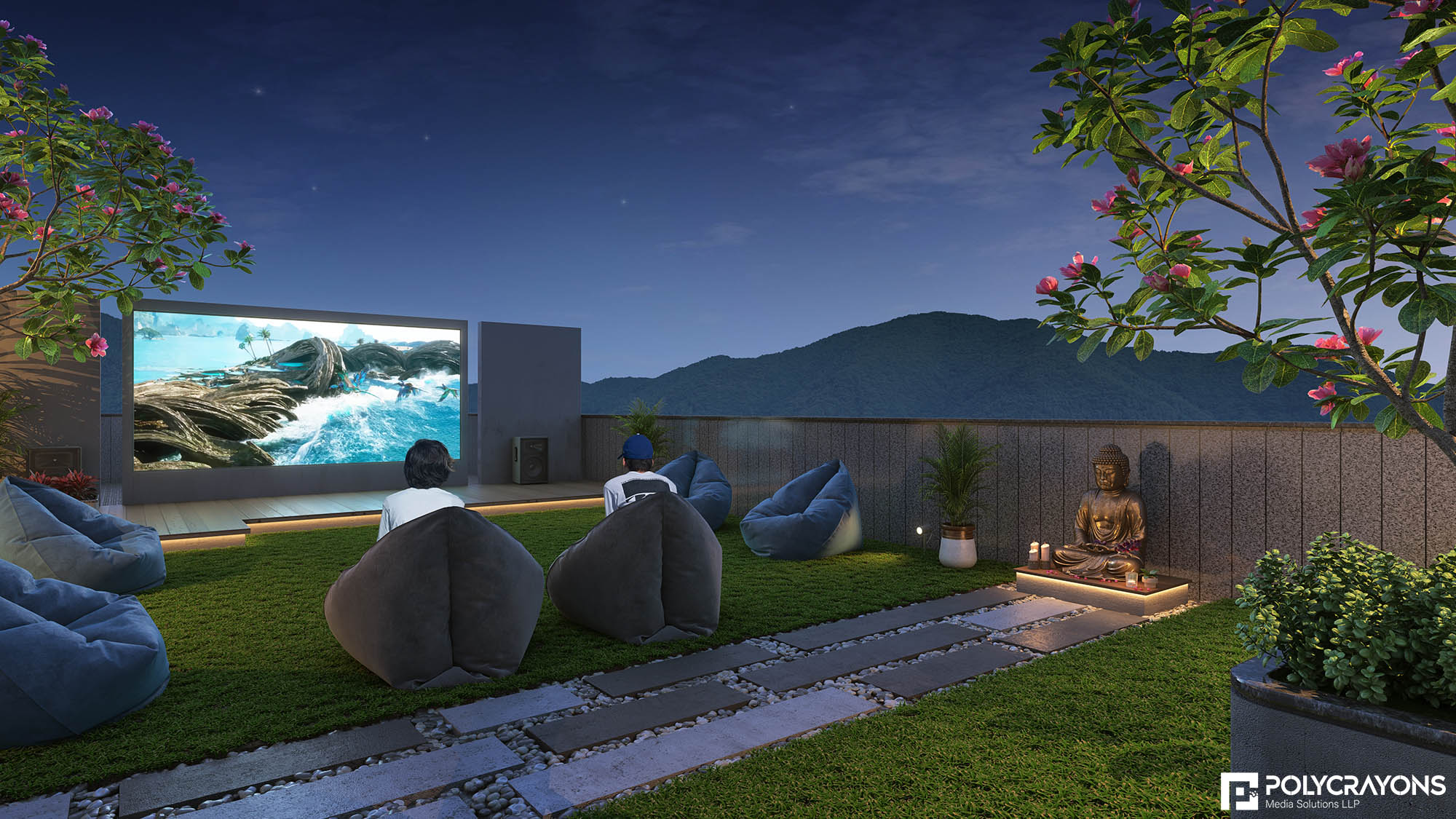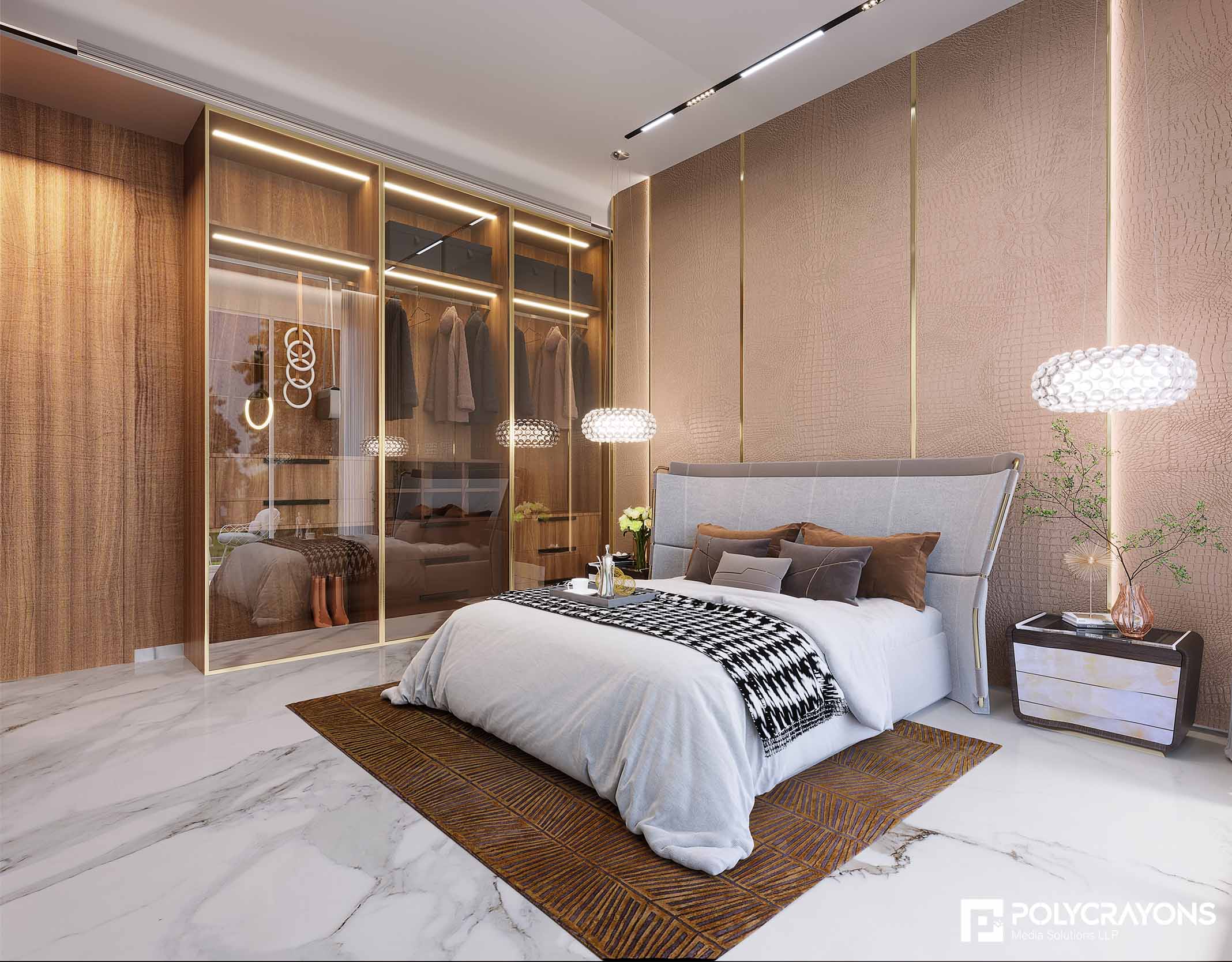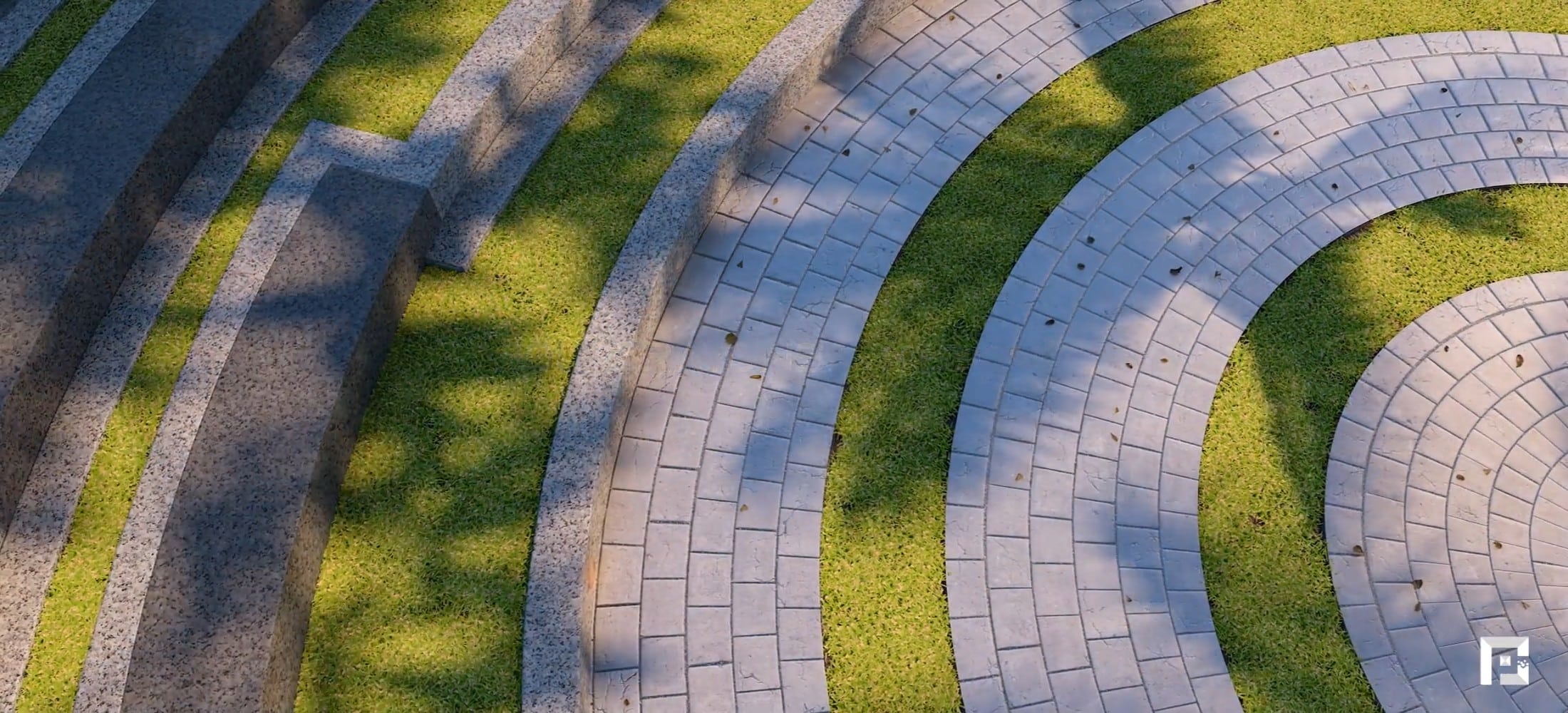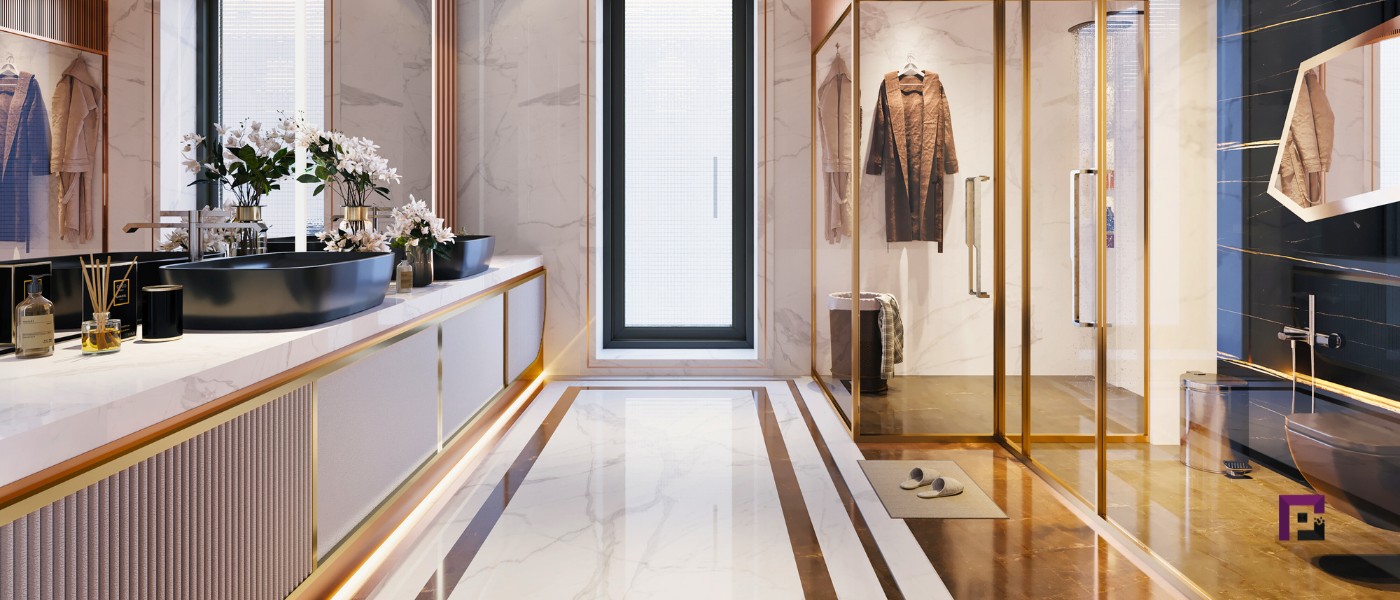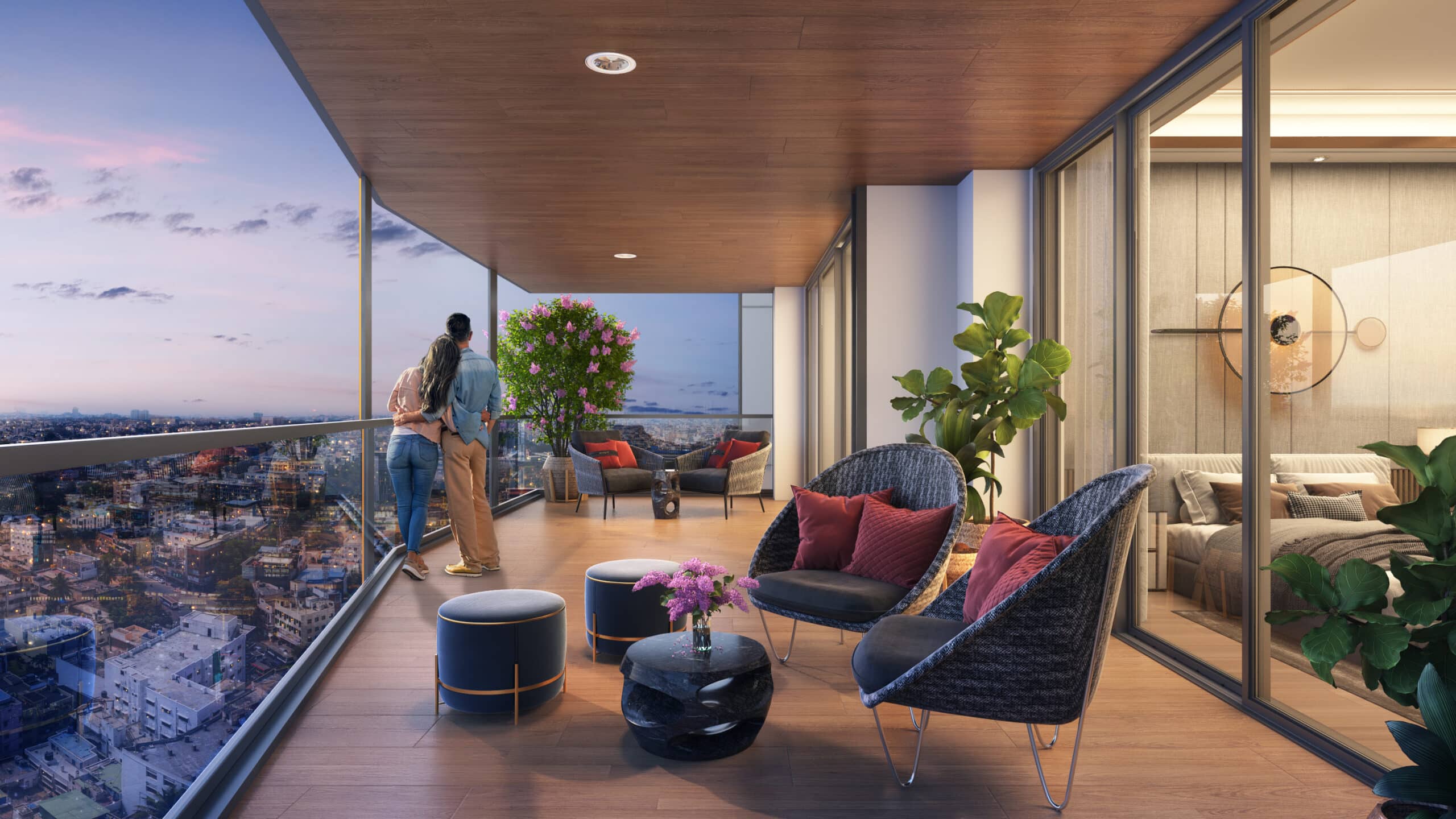Interior Design: Harnessing the Potential of 3D Architectural Rendering
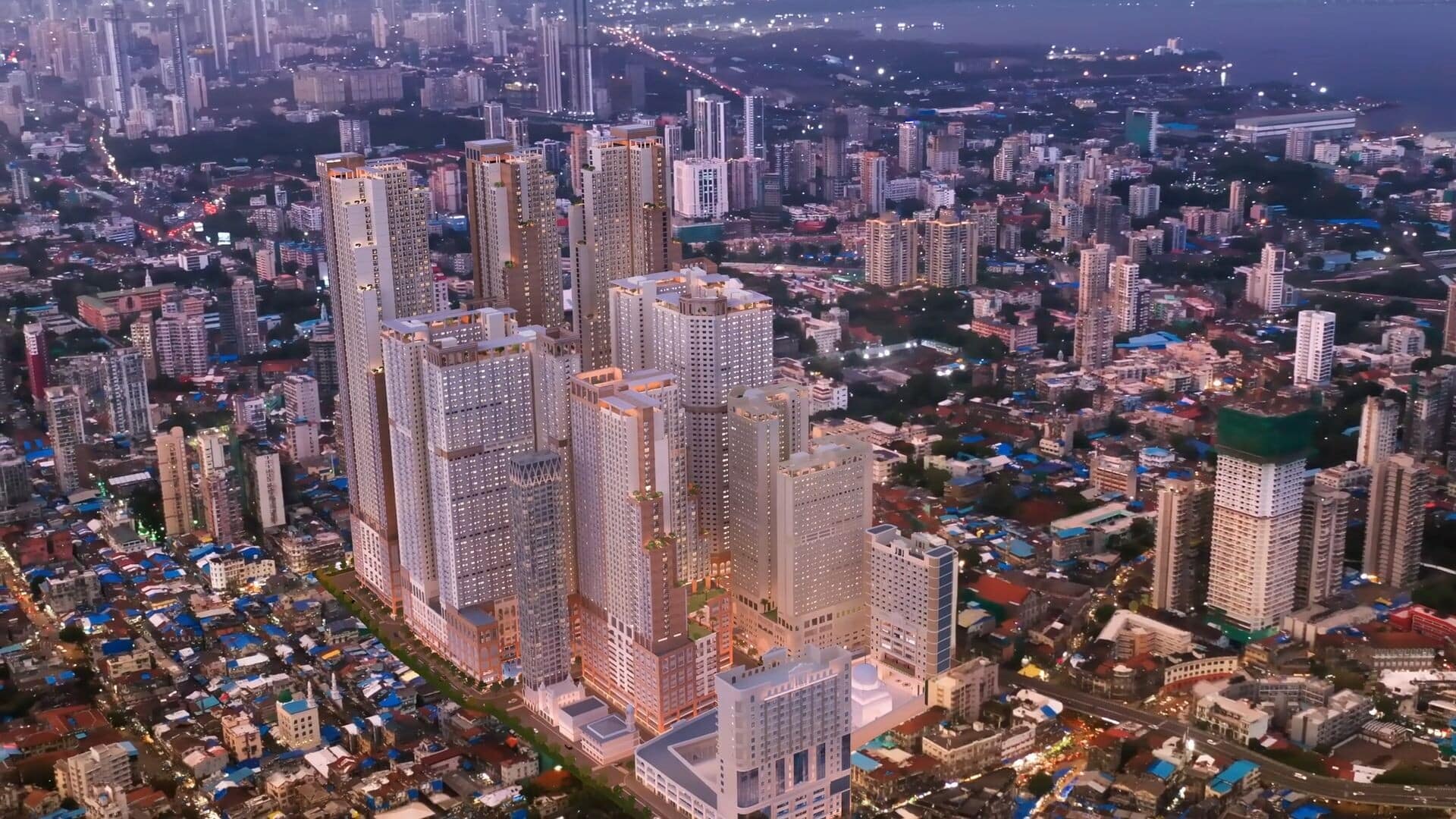
Introduction:
3d Interior Design renderings
The ever-changing design industry has been transformed by the ongoing advancements in software and hardware technologies. Among the revolutionary tools that have revolutionized interior design, 3D architectural rendering stands out. In the past ten years, the advancements in 3D interior design have been remarkable, providing designers with unparalleled abilities. This article delves into the diverse advantages of 3D visualization for interior designers, highlighting its influence on client involvement, efficient communication, and portfolio improvement.
Envisioning Future Spaces with 3D Interior Renderings:
Reference: Bhendi Bazar, SBUT, Mumbai, Architect: Mandviwala Qutub & Associates The effectiveness of interior visualizations lies in their ability to ignite the client’s enthusiasm about their upcoming space. Unlike traditional 2D floor plans, 3D interior design allows clients to vividly imagine the look and feel of their space. Recognising that clients may lack the architectural expertise to interpret flat plans, interior designers employ 3D visualizations to bridge the gap, ensuring clients comprehend the project thoroughly before commencement.
Bhendi Bazaar By SBUT
Effective Communication of Design Concepts: By engaging 3D visualizations, designers can effectively communicate their design concepts to clients. These visual representations serve as a robust tool, ensuring clarity and alignment between proposals and client expectations. This prevents potential issues such as misunderstandings, extra expenses, and project delays. The primary focus is to simplify intricate ideas, and with the assistance of suitable 3D visualization services, designers can promptly transform their concepts into impressive visuals, facilitating a seamless and productive client-designer interaction.
With the aid of advanced technology, designers can now create highly realistic 3D visualizations that vividly showcase the details and features of their designs. These visual representations go beyond mere sketches or drawings, allowing clients to fully immerse themselves in the proposed spaces, products, or structures. By presenting their ideas in such a tangible and immersive manner, designers can evoke strong emotional responses from clients, making it easier to gauge their preferences and make necessary adjustments. This not only saves time but also enhances the overall design process by fostering a deeper understanding and connection between the designer and the client. As a result, the chances of successfully meeting and exceeding client expectations are greatly increased.
Creating Lasting Impressions: Reference: Arkade Aura, Arkade group, Santacruz west, Mumbai | Architect: Kalakruti Architects.
The significance of making a strong initial impact should not be underestimated. 3D interior renderings aim to create a sense of awe in clients by providing a visually captivating glimpse into the designer’s vision. Choosing professional 3D interior visualization services guarantees the creation of lifelike renderings that enhance the overall client experience. While it is important to consider budget constraints, establishing trust with clients through visually stunning renderings is equally vital for securing projects and fostering a positive reputation.
Attracting New Clients Through 3D Visualisations: Interior designers face a constant challenge in attracting new clients. Alongside traditional marketing methods, utilising captivating interior renderings and 3D animations proves to be a powerful approach. These visual representations provide tangible proof of the designer’s skills, enabling effective marketing across multiple platforms. By displaying past projects and diverse design concepts, designers can set themselves apart and appeal to clients in search of expertise and excellence.
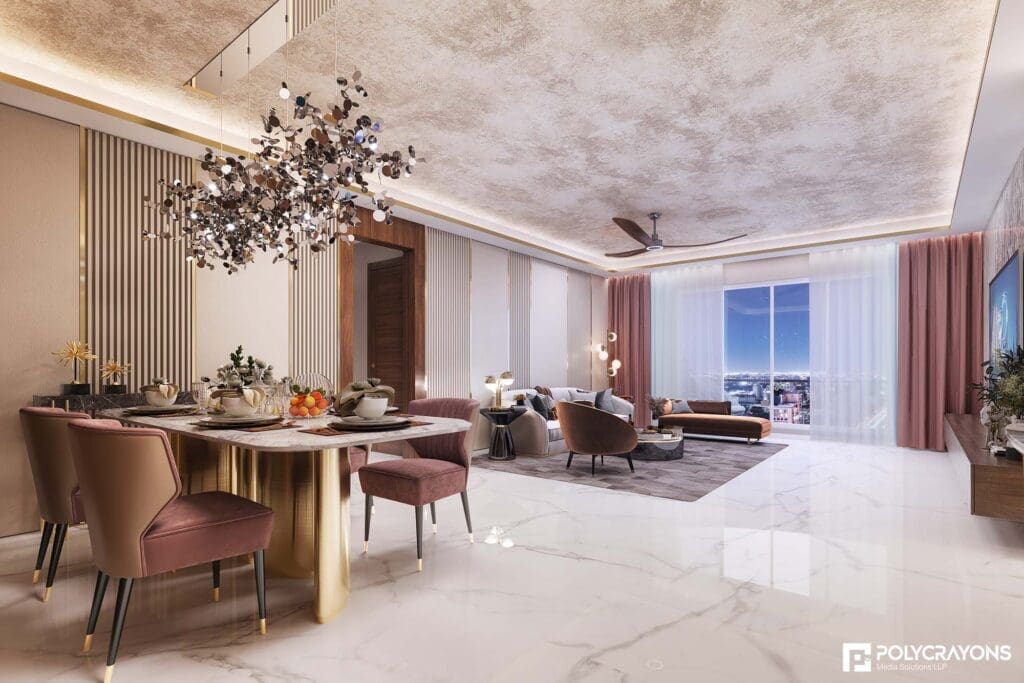
Building a Robust Portfolio: A strong portfolio is essential for designers to demonstrate their abilities and attract prospective clients. In this regard, the inclusion of 3D interior renderings plays a crucial role in crafting a standout portfolio amidst competition. By showcasing a variety of projects with top-notch 3D visualizations, designers can bolster their credibility and enhance their visibility in a saturated market, whether online or in a tangible format.
Conclusion
In the realm of interior design, passion and attention to detail are paramount. 3D interior design, when executed proficiently, not only aids in acquiring reliable partners and public recognition but also serves as a catalyst for organizational growth. As designers continue to embrace the capabilities of 3D architectural rendering, they position themselves to expand their customer base, leaving a lasting mark on the evolving landscape of interior design
Proficient execution of 3D interior design brings reliable partners and public recognition.
Passion and attention to detail are crucial in interior design.
It also promotes organizational growth.
Embracing 3D architectural rendering helps designers expand their customer base.
This leaves a lasting mark on the evolving landscape of interior design.
